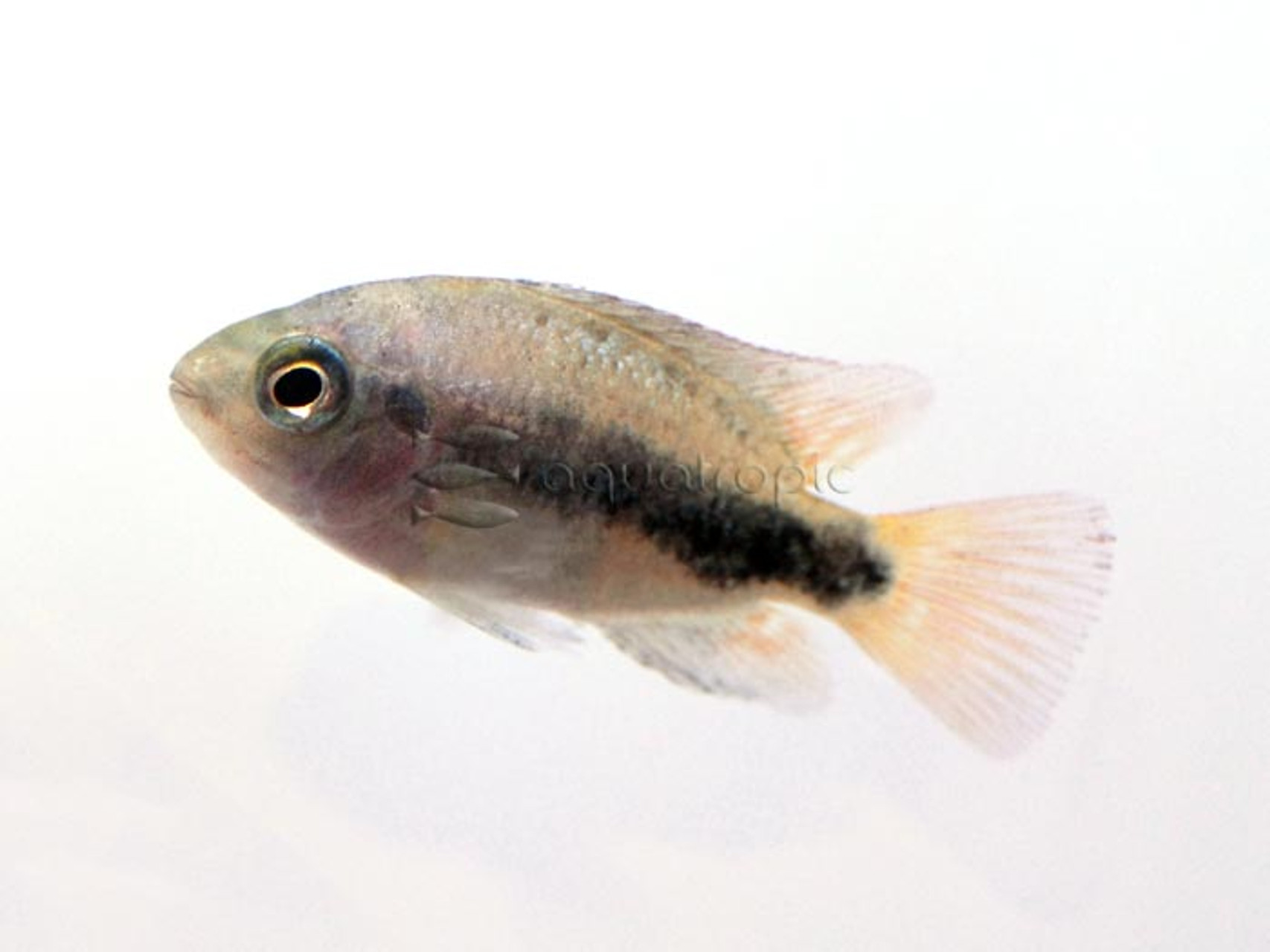Black Belt Cichlid (Vieja maculicauda)

“The Black-belt cichlid, Vieja maculicauda, is somewhat unique in being widely distributed across lowland reaches of rivers in the Atlantic slope of Central America. While possessing a sizeable distribution, this notable species is largely restricted to the lowland portions of rivers from Belize south to the Río Chagres drainage in Panama. The widespread distribution of this species stimulates interesting questions regarding biogeographic history. The distribution of V. maculicauda is particularly interesting as it crosses over multiple geologic breaks in Central America (Mayan Block, Chortís Block, Costa Rica-Panama Arc, and the Isthmus of Panama), which are shown to have played key roles in shaping the evolution of biota in the region.” -McMahan et al. 2017
Vieja is a small genus of Central American cichlid with a confuse history. Today, there are just 8 recognized species, but as recently as 2015, there were 16. Like so many cichlids from this region, they have been shuffled around in and out of a number of different genera, from their beginnings in the catchall “Cichlasoma” to stints as Paraneetroplus and Heros. Thanks to recent efforts to examine the genetics and morphology of these fishes, we finally have a reasonable understanding of how they’re related to one another (at least, we think that we do). Vieja species are actually pretty easy to distinguish, as they’re (for the most part) the only Central American cichlids with a black blotch filling the caudal peduncle.
Another interesting quirk of this group is that they’re mostly herbivorous, feeding on bits of plant and algae in the wild. In an aquarium, they will happily do the same, tearing off bite-size pieces of any foliage with a quick thrust of their powerful jaws. It’s common advice to avoid mixing large cichlids in with live plants, as many are prone to being destructive, sometimes just for the fun of it, but this advice is especially true for Vieja. However, it is a good idea to include fresh green in their diet, in the form of spinach or lettuce, etc, along with meatier options.
Vieja are an oft overlooked group as aquarium fishes. The most common might be the Redhead Cichlid (V. melanura), often traded under an older name, V. synspilus, but a close second is the stately Black-belt Cichlid (V. maculicauda). As the quote above indicates, this species is a bit unusual in having a broad distribution along the eastern coastline of Central America, having recently spread out following the last Ice Age. It’s appearance is also noteworthy in having a broad vertical bar across the midline, something which nothing else in the genus comes close to. Combined with their red throat and robust profile, this makes for a very handsome centerpiece to a large aquarium.
Specimens reach reproductive maturity at around 6 inches and are fully grown at 10-12 inches. The sexes are similar in appearance, but with a bit more color and a stronger nuchal hump in the males. This species is noted for being feisty, especially among themselves. Males will battle with each other and even with females, should they be reticent to mate. Keeping this species with other large cichlids can be hit or miss, depending on the size of the aquarium and the species involved. Better choices for tankmates are the various catfish and characin groups that occur across the region. As a mostly herbivorous species, there is minimal risk for predation.